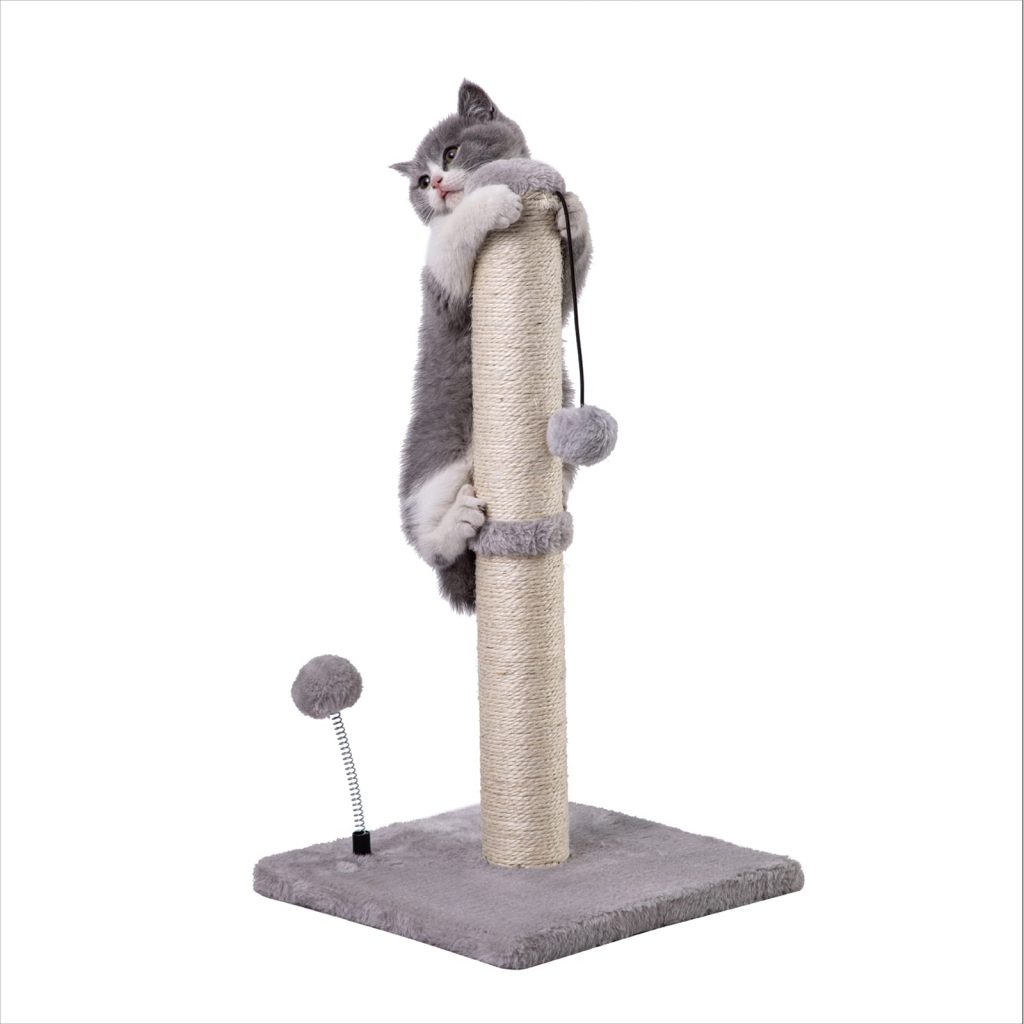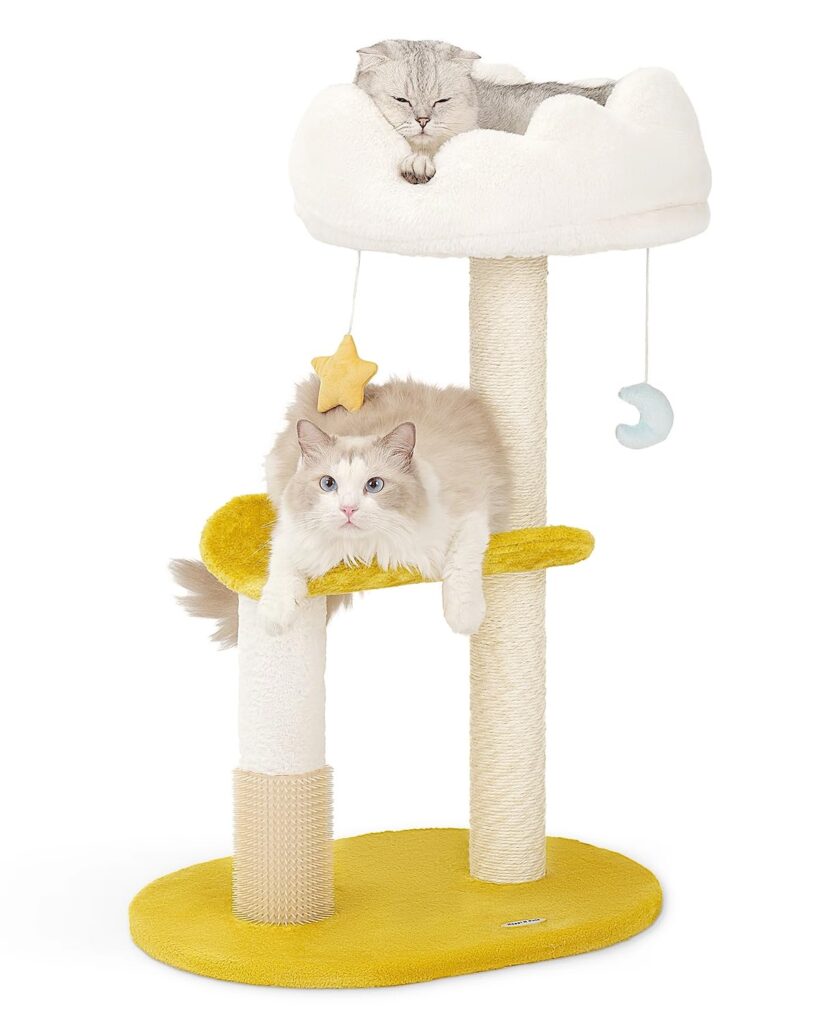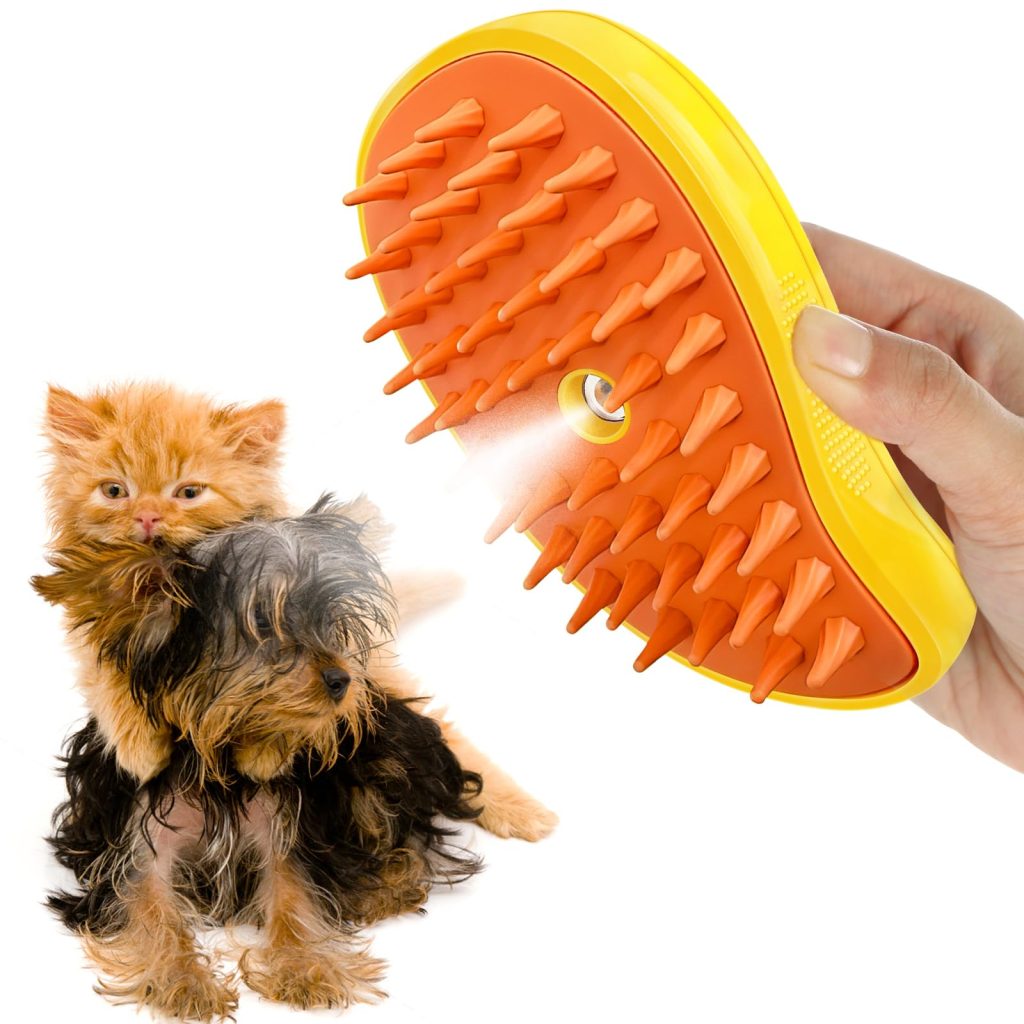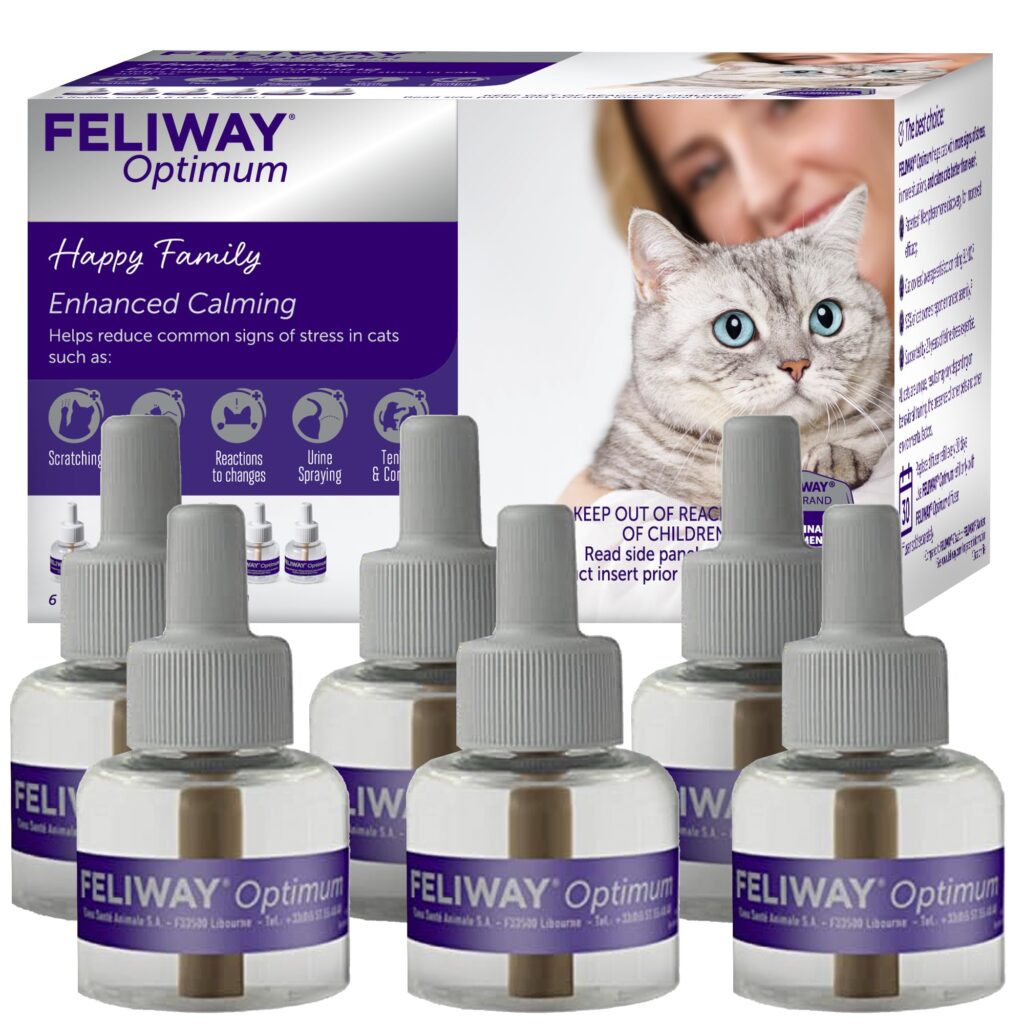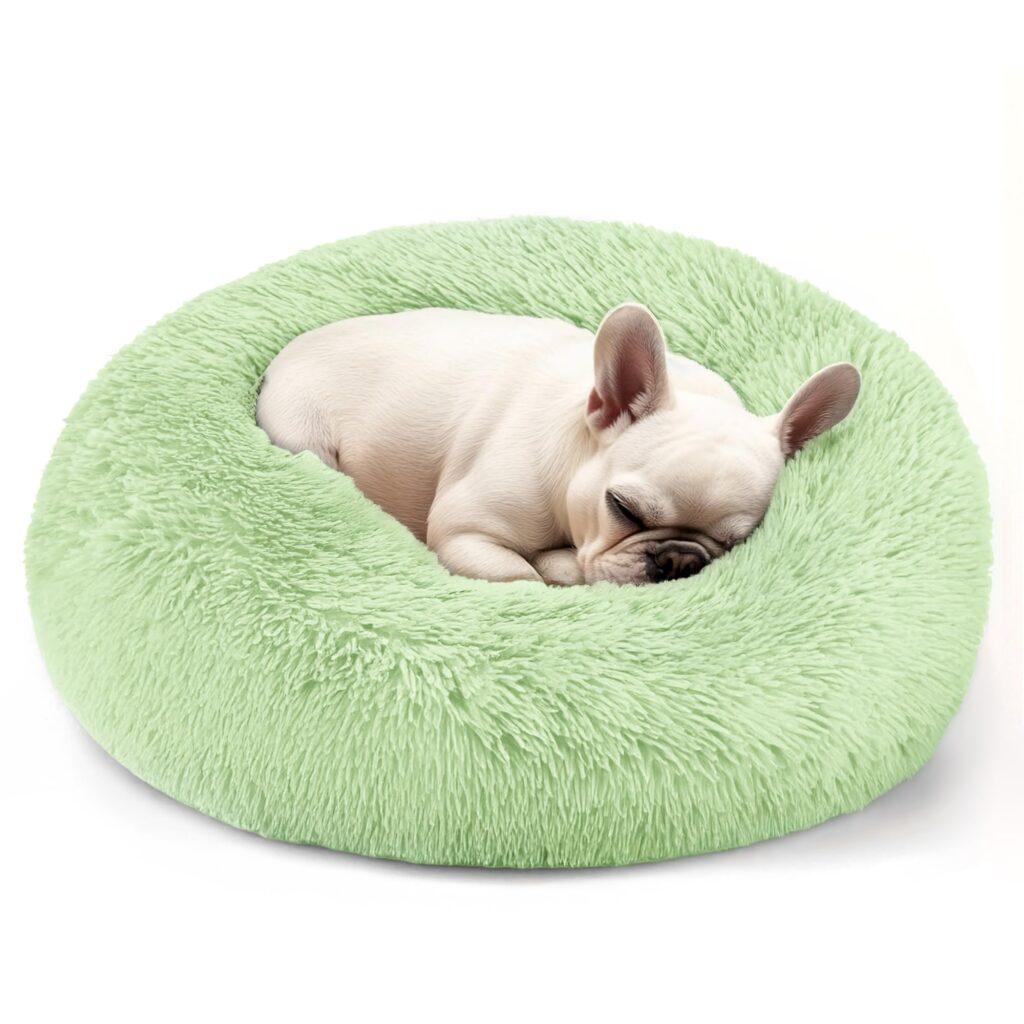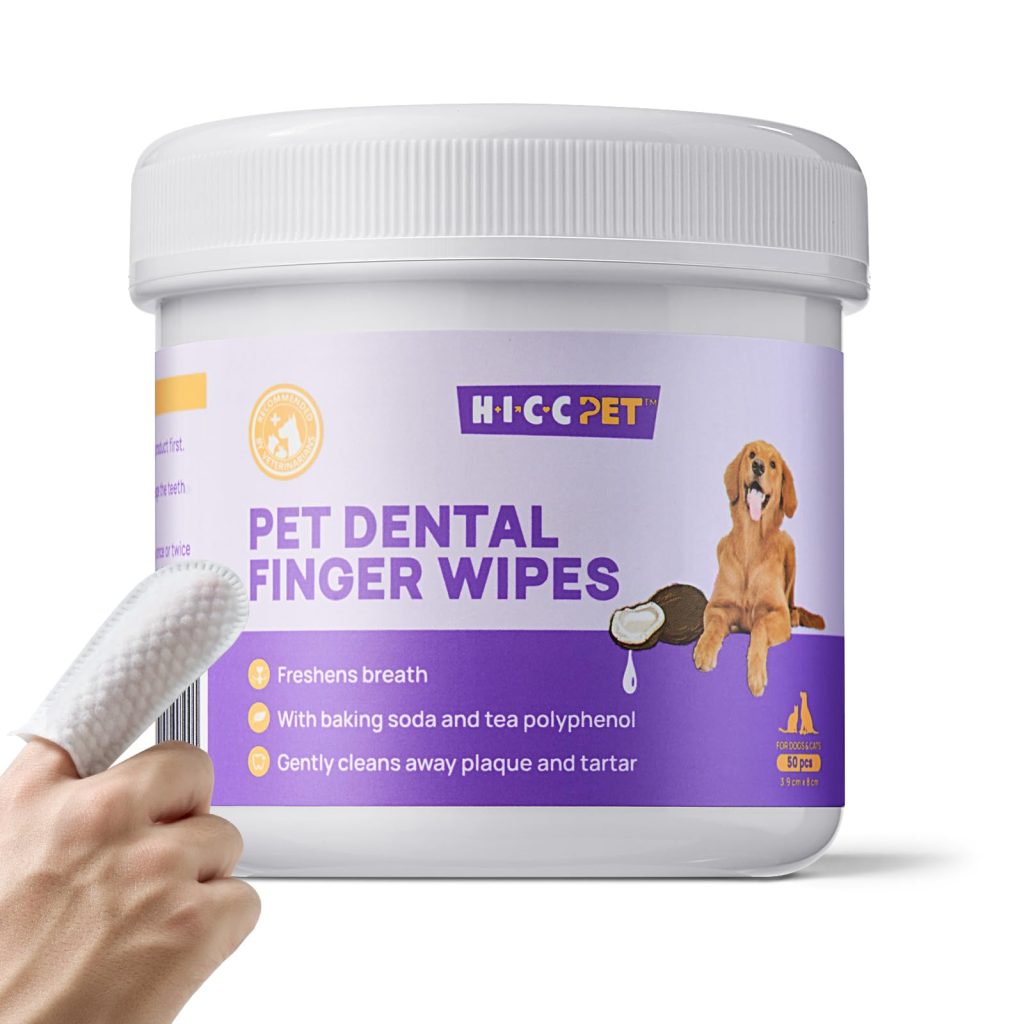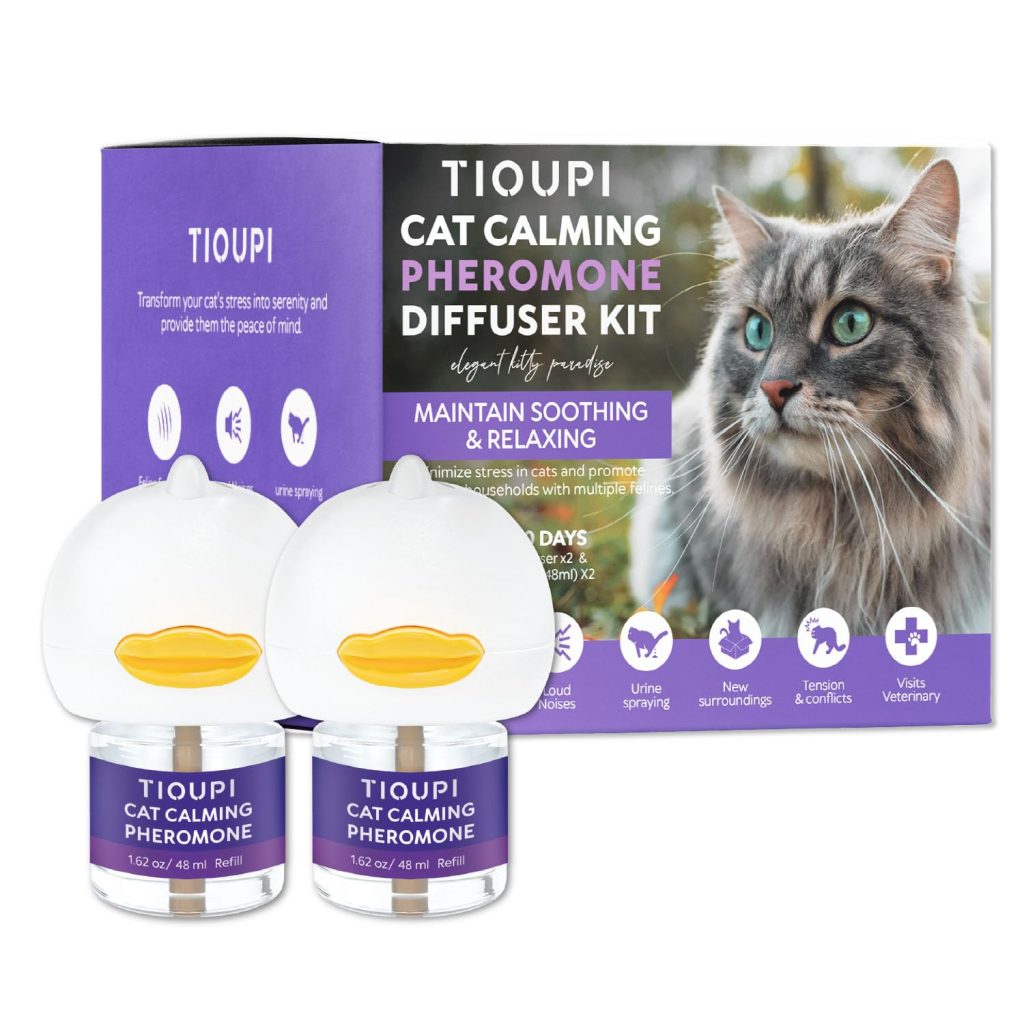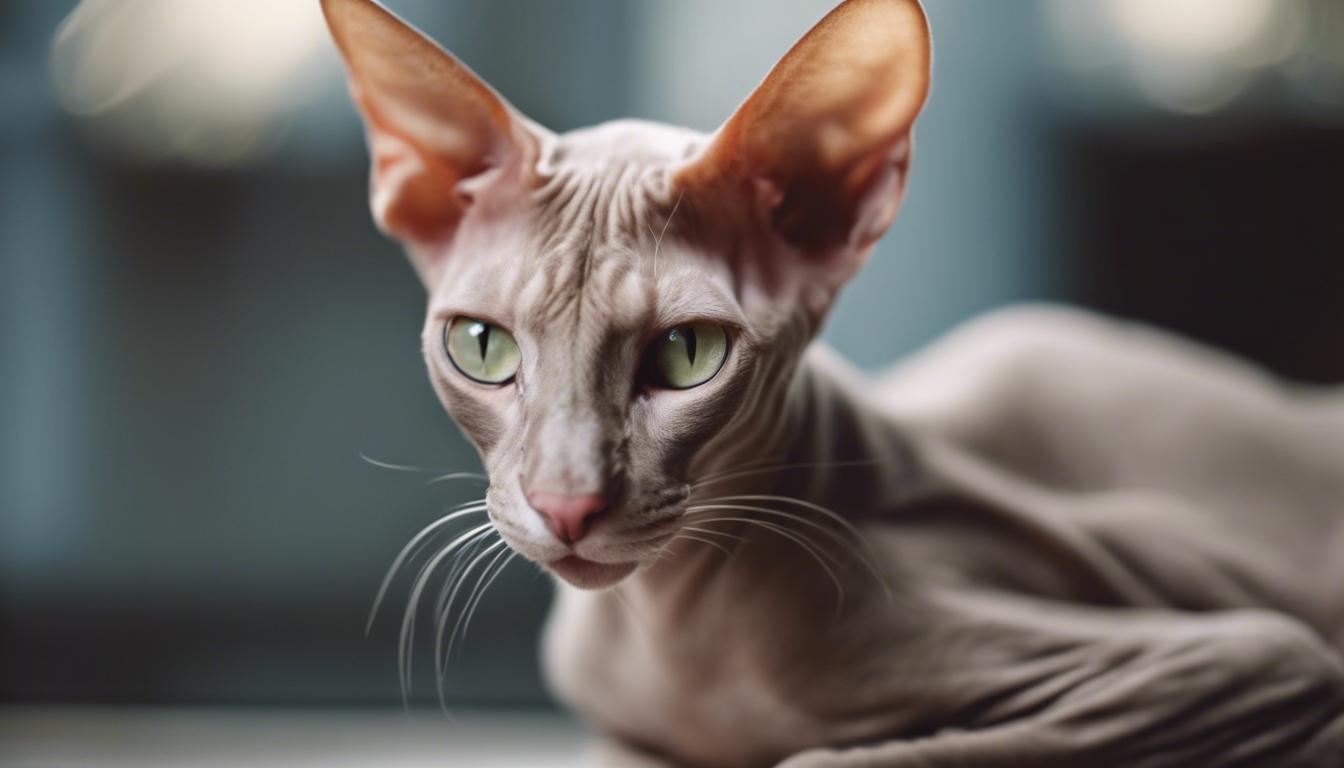
Peterbald: Breed Profile and Care Guide
Breed Characteristics
The Peterbald is a unique and elegant cat breed known for its hairlessness or short coat. This breed originated in Russia in the 1990s by crossing the Oriental Shorthair with the Don Sphynx. Their distinctive appearance combined with their friendly and sociable nature has gained them a dedicated following among cat enthusiasts.
Temperament
Known for their intelligence and attention-seeking behavior, Peterbalds make wonderful companions. They’re highly social cats that enjoy being in the company of humans and other pets. These cats love to interact with their owners and will often initiate playtime or cuddle sessions. Peterbalds are also known for their vocal nature, expressing their needs and desires through various chirps, purrs, and meows.
Exercise Needs
Peterbalds have moderate exercise needs and they enjoy interactive play sessions. Provide them with toys that engage their hunting instincts, such as feather wands and puzzle toys. It is recommended to spend at least 15-20 minutes each day playing with your Peterbald to keep them physically and mentally stimulated.
Health Considerations
Peterbalds are generally healthy cats, but like any other breed, they can be prone to certain health issues. Some potential health concerns that Peterbald owners should be aware of include:
- Hypertrophic Cardiomyopathy (HCM): Regular check-ups with a veterinarian are important to monitor and detect any early signs of heart disease.
- Allergies: Some Peterbalds may have allergies to certain foods or environmental factors. It’s important to identify and eliminate any potential allergens from their surroundings.
- Sunburn: Due to their hairless or short coat, Peterbalds are susceptible to sunburn. Provide them with a safe and shaded outdoor environment or use pet-safe sunscreen when they are exposed to the sun.
Grooming Requirements
Although Peterbalds are known for their lack of hair, they still require some grooming to maintain their skin health. Here are some grooming tips for Peterbald owners:
- Bathing: Peterbalds should be bathed regularly using a gentle cat-specific shampoo to remove excess oil and keep their skin clean. After bathing, make sure to properly dry them to avoid chilling.
- Moisturizing: As a hairless breed, Peterbalds have drier skin than other cats. Apply a pet-safe moisturizer recommended by your veterinarian to keep their skin hydrated and prevent dryness.
- Nail Care: Regularly trim your Peterbald’s nails to prevent them from becoming too long. Use cat-specific nail clippers and be careful not to cut the quick.
- Ear Cleaning: Check and clean your Peterbald’s ears regularly to prevent wax buildup and infections. Use a vet-approved ear cleaning solution and gently wipe the outer part of their ears with a cotton ball.
Dietary Recommendations
A well-balanced and high-quality diet is essential for the overall health and well-being of Peterbalds. Consider the following dietary recommendations:
- Select a cat food specifically formulated for hairless breeds or those with sensitive skin. These diets often contain nutrients that promote coat health and support the immune system.
- Feed your Peterbald a combination of wet and dry food to ensure they receive both moisture and essential nutrients. Ponder the age, weight, and activity level of your cat when determining portion sizes.
- Provide fresh water at all times and think using a pet water fountain to encourage adequate hydration.
- Avoid feeding your Peterbald table scraps or foods that are toxic to cats, such as chocolate, onions, or grapes.
Peterbalds are captivating cats that require special care due to their unique coat and social nature. By providing them with proper grooming, regular veterinary check-ups, and a balanced diet, you can ensure their health and happiness for years to come. Enjoy the companionship and playful antics of your Peterbald while basking in the love and loyalty they bring to your life!
